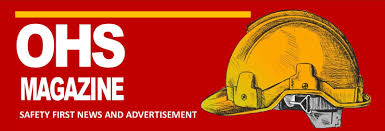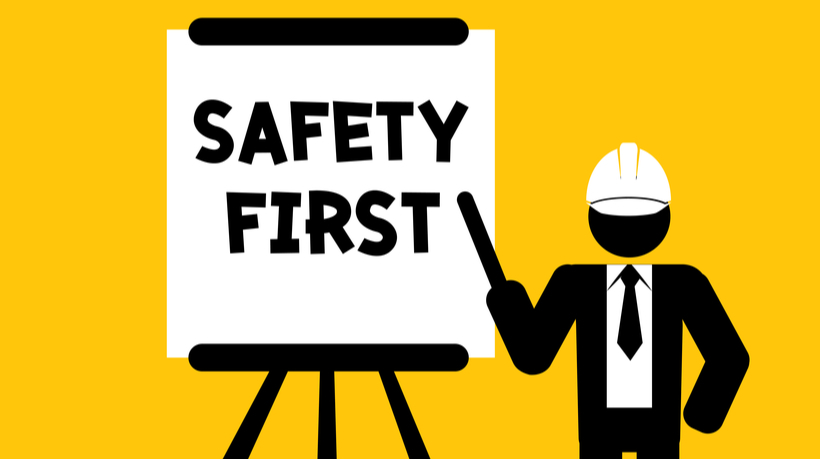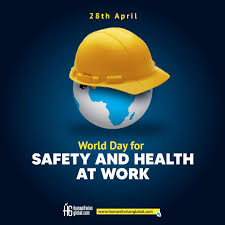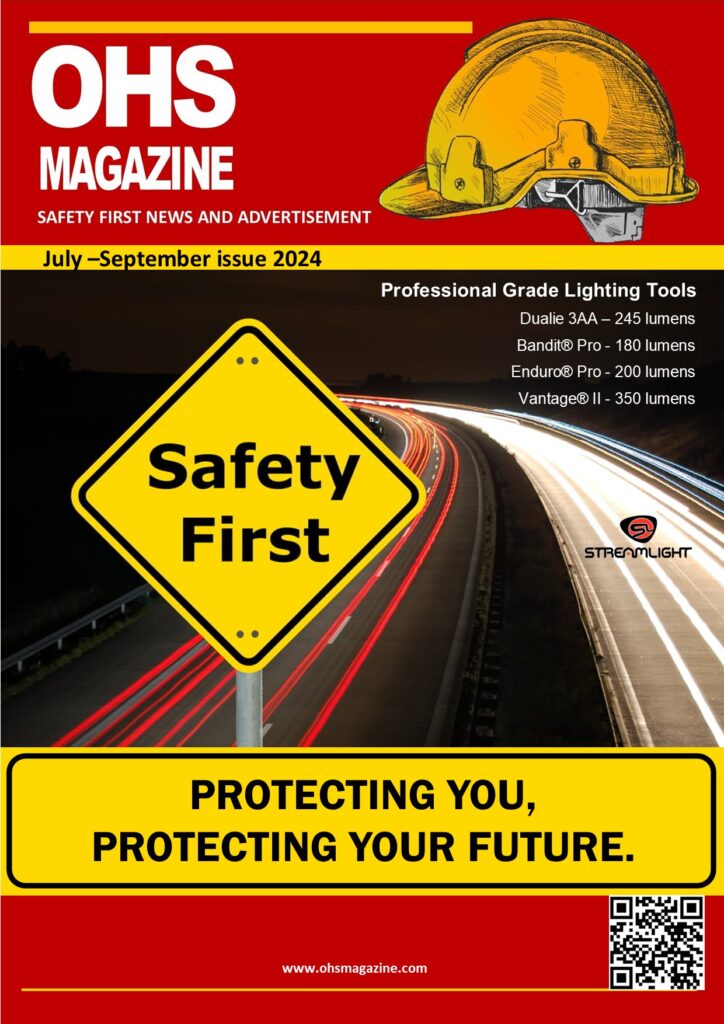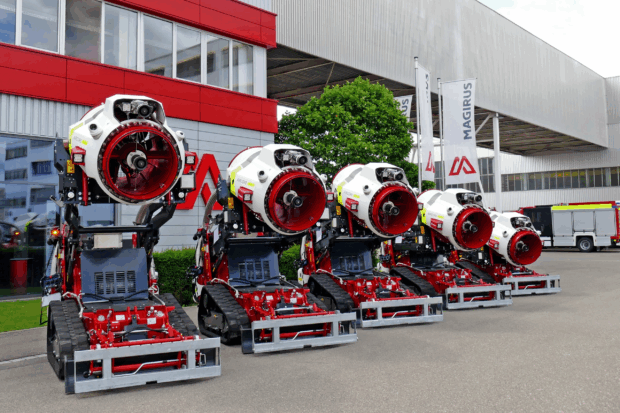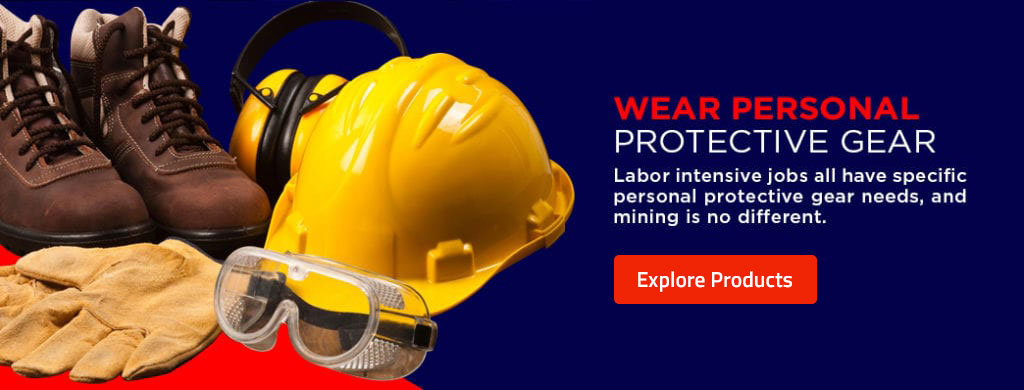Workplace Safety News and Tips: Key Insights to Keep Your Team Protected
By SEAN
OHS Magazine – November 2024 Edition
Introduction
In today’s rapidly evolving workplace, maintaining high standards of safety is more important than ever. With new technologies, regulatory updates, and workplace culture shifts, staying informed on workplace safety is essential for preventing accidents and fostering a secure environment for all employees. Here, we provide the latest safety news, practical tips, and expert recommendations to help you and your team stay safe and compliant.
1. OSHA’s Latest Regulatory Update: What Employers Need to Know
The Occupational Safety and Health Administration (OSHA) recently introduced updates to its regulatory requirements aimed at enhancing worker safety in high-risk industries. Key changes include stricter requirements for hazard assessments, particularly for those in construction, manufacturing, and warehousing sectors. The new standards also introduce updated training requirements for both employers and employees, focusing on the safe use of modern machinery and chemicals.
Tip: Employers should schedule a comprehensive review of their safety protocols to ensure they are compliant with the latest OSHA regulations. Regular training and refresher courses are also essential for keeping safety top of mind.
2. Ergonomics in the Hybrid Workplace
As remote work continues to blend with in-office responsibilities, ergonomic considerations are becoming crucial for reducing repetitive strain injuries. Poor workstation setups, whether at home or in the office, can lead to musculoskeletal disorders and chronic pain, impacting productivity and quality of life.
Tip: Encourage employees to create ergonomic workspaces that include adjustable chairs, supportive keyboards, and screens positioned at eye level. Conduct regular check-ins to ensure both remote and in-office staff are comfortable and safe in their work environments.
3. Mental Health as a Key Component of Workplace Safety
Psychological safety has gained recognition as a core element of overall workplace safety. Elevated stress levels, burnout, and mental health issues can increase the risk of accidents and lower morale. More companies are now integrating mental health programs into their safety protocols, acknowledging that a mentally healthy team is a safer and more productive one.
Tip: Provide access to mental health resources, encourage open communication about stress and workload, and consider implementing stress-reduction initiatives, such as wellness programs or periodic mental health days.
4. Safety Technology Spotlight: Wearable Devices and AI Monitoring
Technology continues to play a transformative role in workplace safety. From wearable devices that monitor workers’ vital signs and fatigue levels to AI-powered monitoring systems that detect unsafe conditions in real-time, new safety tech tools are helping companies proactively address potential hazards.
Tip: Consider investing in safety technology that fits your industry’s needs. Whether it’s a wearable device for on-site workers or an AI-driven platform for analyzing safety data, these innovations can significantly enhance your team’s safety and compliance efforts.
5. Emergency Preparedness: Are You Ready for Winter Weather Hazards?
With winter approaching, now is the time for companies to update their emergency preparedness plans. Ice, snow, and freezing temperatures introduce unique hazards, especially for employees who work outdoors or in unheated areas. Slips, trips, and falls are common risks during winter months, and electrical systems and machinery can be more vulnerable to extreme cold.
Tip: Ensure that your workplace has an up-to-date winter safety plan, including protocols for severe weather. Conduct regular drills, equip workers with appropriate winter gear, and keep entryways clear of ice and snow to prevent accidents.
6. Lockout/Tagout Safety: New Reminders for High-Risk Equipment
A recent survey found that over 10% of workplace injuries in industrial sectors are caused by improper lockout/tagout procedures. To address this, experts recommend frequent audits of lockout/tagout protocols, particularly in environments with heavy machinery, electrical equipment, or hazardous materials.
Tip: Schedule regular training sessions on lockout/tagout procedures and conduct unannounced audits to ensure that employees follow protocol. Clear labeling and color-coded tags can also help prevent accidental startup of dangerous machinery.
Conclusion
Workplace safety is a constantly evolving field that requires vigilance, commitment, and continuous improvement. By staying informed about regulatory changes, adopting new safety technologies, and fostering a culture that prioritizes both physical and mental well-being, employers can create a safer, more productive environment for everyone. Stay tuned to OHS Magazine for more updates, tips, and expert insights on keeping your workplace safe and compliant.
For further resources and in-depth articles on workplace safety, visit OHS Magazine website.
